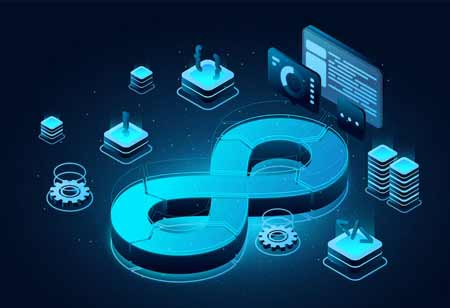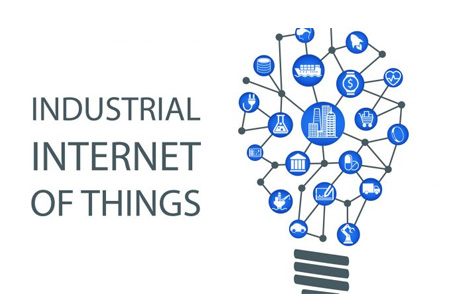THANK YOU FOR SUBSCRIBING
6 Pointers to Enhance Business Output through Replacing Legacy CRM with New One
When a new CRM is properly deployed, it will improve efficiencies and processes throughout the entire company and help the organizations to serve their customers better

By
Apac CIOOutlook | Tuesday, March 10, 2020
Stay ahead of the industry with exclusive feature stories on the top companies, expert insights and the latest news delivered straight to your inbox. Subscribe today.
When a new CRM is properly deployed, it will improve efficiencies and processes throughout the entire company and help the organizations to serve their customers better
FREMONT, CA: The resistance to transformation in small to midsized businesses often leads them sticking to the legacy customer relationship management (CRM) instead of embracing new or alternate CRM, which in turn hampers the growth and development of the organizations.
When a new CRM is properly deployed, it will improve efficiencies and processes throughout the entire company and help the organizations to serve their customers better.
Here are six tips to help companies mitigate resistance to changing CRMs.
Get Staff Approval and Insights
Before purchasing and implementing a new CRM technology, gather insights from staff on what they would like to have to improve customer relationship management, what has been helpful and what has been an obstacle as many would have inputs, having used numerous systems before. Although every request cannot be met, it is essential to consider their contributions while selecting a new solution and getting it customized to the business.
Encourage Opinions of Others
Everyone in the business must be involved in sharing opinions and asking questions in the selection process of the new CRM tool and the vendor as well. When screening for vendors, it is essential to know their backgrounds, such as their industry experience, availability, with whom they work and partner with and maintenance and support levels.
Involve the teams early on in new demos for the system, ask about training and support and the level of help and support it offers. Proper training should reach not only beyond the end-users but also developers and IT who may need help with technical updates downstream.
Offer Proper Training
Training the team on a new CRM system will help them coordinate and accept the changes leading to successful use of the application. Additionally, different training approaches can be taken according to the type and level of training each user desires.
Bespoke training or training designed mainly for the target group of users as well as ongoing training and on-boarding for new users are available. These approaches can be applied to reduce apprehension among users that are related to learning new technologies, creating support among the team and its members.
Promote Feedback
To ease the tension when replacing old to new CRMs, encourage users to leave feedback and suggestions for current and future improvements to the system. It is crucial to keep in mind that employees would want to know that their input is valued. Ask teams about their commonly reported problems, challenges, or concerns with the system or give short, relevant surveys regularly and even allowing them to answer anonymously so that they feel more comfortable giving an honest answer.
Engage In Customer-Centric Mind-Set
CRM should be viewed as a vision and a strategy as it is designed to help provide better customer service. All system users need to operate with clearly defined goals and expectations by understanding how the internal process will change. Explain what steps will be taken at each point in the implementation phase of the CRM, learn what the users want to achieve with the new technology, show the measuring success, and regularly communicating on how it is going to serve the business. It is essential to ensure that CRM users must commit to a customer-centric mindset across the entire business.
Evaluate and Reward
Articulating how users will be evaluated on their use of the CRM after the system is in place offers a way to keep CRM users activated individually and as a team, keeping them involved in the CRM vision and practice.
Plan meetings on a regular basis to review the new CRM's features, discuss best practices, or to ask for inputs on how users feel about the new system is an excellent way to determine evaluation. Offer small rewards like free lunch or gift cards to those users setting a positive example on adoption like proper data entry or reporting.
This type of recognition will help build value and encourage healthy competition, especially for SMBs, which usually have a smaller group of users.
See also: Top CEM Solution Companies





